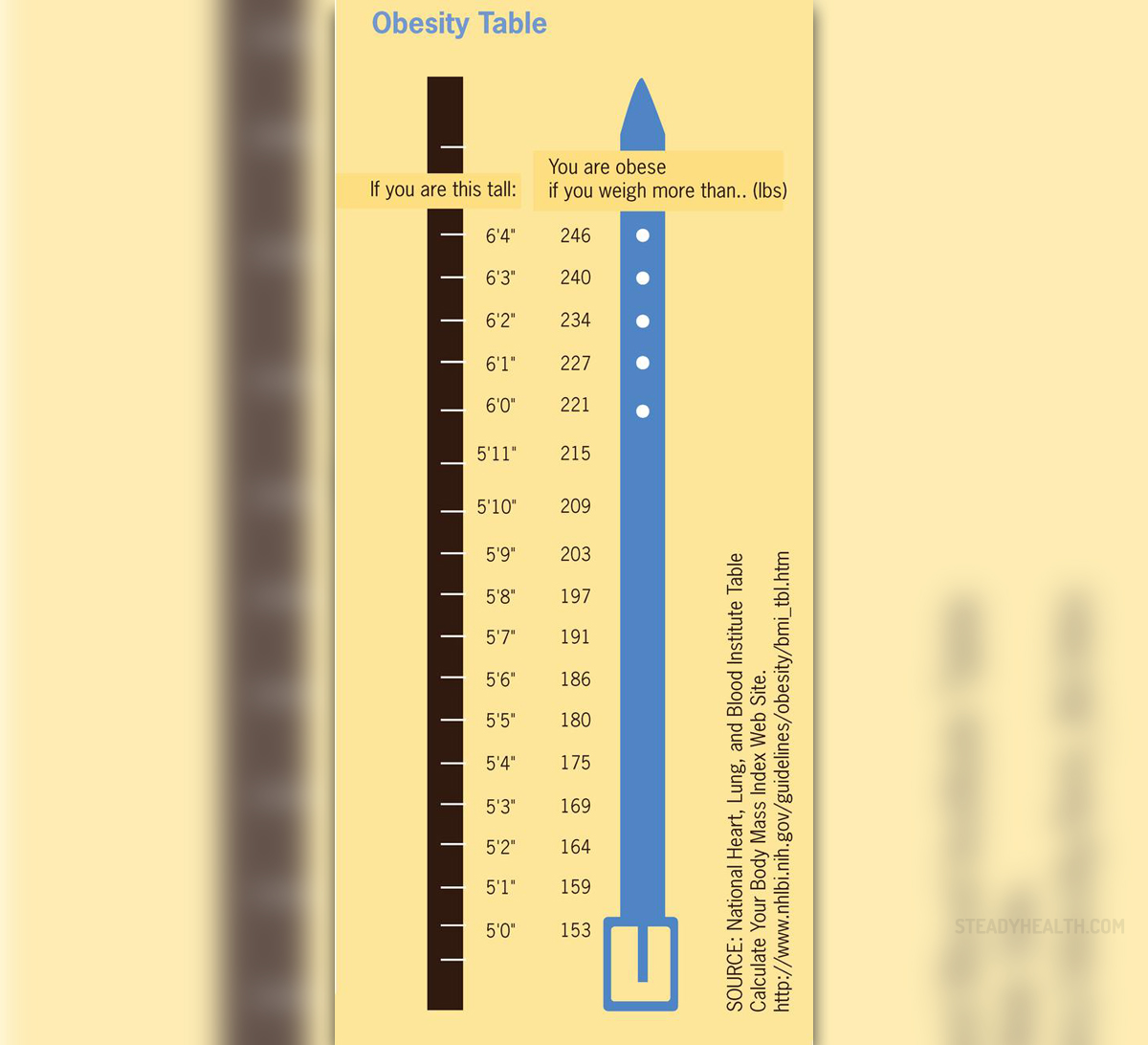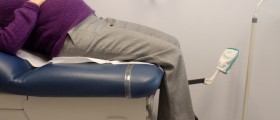
Every woman goes through certain changes when she is pregnant. Some of these changes are natural and normal and all women experience them. Other changes are slightly less common and not all women go through them. For instance, gaining weight is one such problem. A vast number of women do not feel comfortable about their body image when they are pregnant. Things are more difficult if a woman needs special care due to her excessive weight. Women need to know that obesity is known to cause certain problems for both the mother and the baby. It is not uncommon for obese mothers to experience complications during pregnancy, labor and even after giving birth.
How obesity is measured
People should know that it is not a simple task to measure obesity. The best way to measure it is to use the body mass index or BMI. However, people need to know that there are certain limitations when this measure is used. For instance, lean muscle weight is not taken into consideration. In addition to this, sex, age and culture are also not taken into consideration and these things influence the BMI drastically. Even though with all the limitations, BMI is still considered the best way to measure obesity.
Understanding the BMI
Women need to know that BMI is calculated by dividing the pre-pregnant weight in kilos by the height in meters squared. The result of BMI between 20 and 25 is considered to be normal and healthy. Women whose BMI is under 20 are considered to be underweight and women with a BMI over 25 are considered to be overweight.
The risks
Even though most pregnancies are uncomplicated, there are always certain risks. Women who are obese have a greater chance of experiencing some of the complications. When an obese woman is pregnant there are the dangers of gestational diabetes, pre-eclampsia, abnormalities of the baby’s growth, general health and development and sleep apnoea. There are even more risks during labor. Some of the most common are failure to progress labor, shoulder dystocia, problems with monitoring the baby’s heart and providing enough pain relief in labor and a need for an emergency caesarean section. After giving birth, there are the risks of wound infection, blood clots and depression.
Obesity and caesarean section
Simple positioning is a problem because a woman is unable to lie flat. It is a lot harder to site the epidural or spinal anaesthetic. Maintaining the airways and the whole procedure is a lot more complicated. There is also the need for extra monitoring. However, women need to know that obesity is not the only reason why women are in need of a caesarean section. Obese women need to know that they can expect the full support of the doctors and nurses not only during labor but also before and after the process of giving birth.

















Your thoughts on this
Loading...